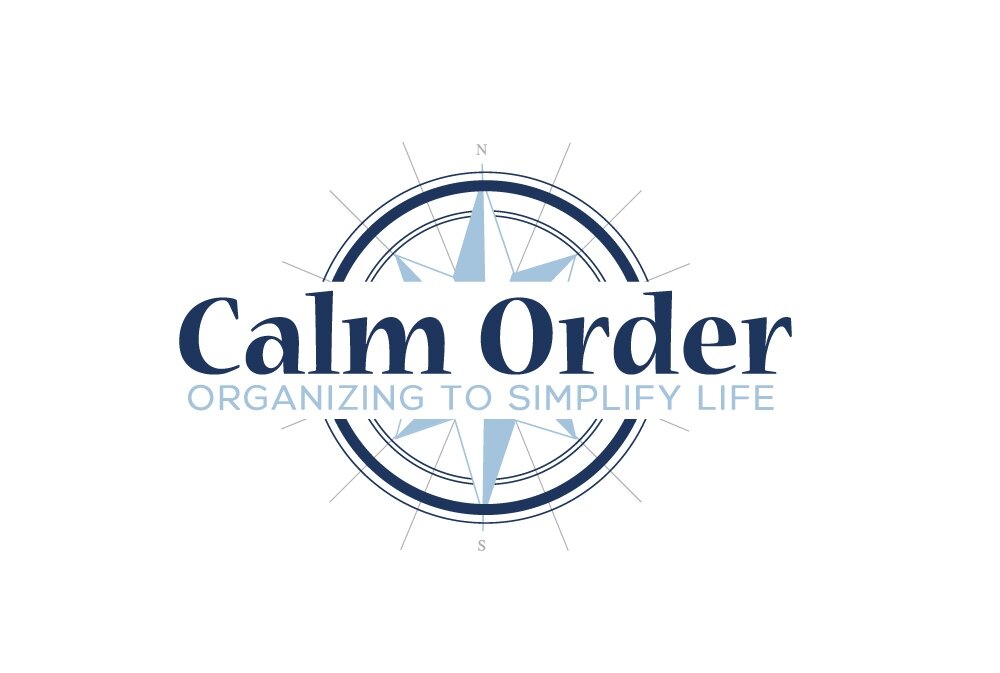Spring is commonly referred to as moving season – the time where people sell their homes and get ready to move into their new ones. This process can be very complex and time consuming, but we have tips below to help you through the different stages of moving:
De-clutter
The first step to any move is to go through what you already have and get rid of the items that you no longer need. Why pack every item in your home and move it if you don’t need to? Purging requires you to go through your items and ask yourself the tough questions: do I really need this? When was the last time I used this? Does it have any nostalgic value to it? Can I live without it?
To help make this process less daunting, break it up by focusing on one room or area of your house at a time – also good advice to consider when you’re packing your belongings. In this one area, take out everything that is stored in that room, and go through each item. Set up three piles: keep, donate, and throw out, and as you go through each item, decide what pile it belongs in. This doesn’t have to be a quick decision, and it shouldn’t be. Carefully consider what you actually need and what you actually want. The other items can be put to better use with someone else.
Staging
Using the items you have leftover, you can now properly stage each room in your home for potential buyers. There is no need to have to go and purchase new items. A thorough decluttering of your personal items can make a large difference in any space. Less items means more space, and it will work to your advantage to make each room seem bigger by having less of your clutter still in it.
To also add more space to your room and a new style, consider rearranging the furniture you already have in the room, or swapping the furniture with a different room in your house. Again, staging does not have to be complicated or put a drain on your bank account. The decluttering process can also unearth pieces and furniture that you had stored away. These can also be repurposed in different places in your home to help stage it. Another important consideration for staging is whether or not the items and furniture in your home are placed practically: do the items allow for ease of movement? Are they in the way? Do they serve a purpose (whether it’s an actual function or style function), or are they unnecessary? These are important questions to consider when staging.
Unpack to organized
After you have gone through your belongings and staged your former home to attract buyers, one of the next major steps in the moving process is unpacking your items into your new home. This is important because you need to consider each space in your home and its purpose before you start unpacking items. This will help you determine where your items belong and where they should be placed to provide maximum benefit and usage. Unpacking in your new home can also be a secondary de-cluttering stage. Items that worked for you in your former home may not fit your new space. Don’t feel that you need to force everything you own to be able to fit within each room as it did before. Unpacking should be a fresh start for your and your personal belongings.
A good practice may be to set up your home how you think you will need it for a week or so, and pay attention to how you start to use the space. If you find certain items are in the way, or are stored in a way that does not provide easy access, you may want to reconsider where you have placed it.
Moving is never easy, but it should, and can, be done with limited stress.












